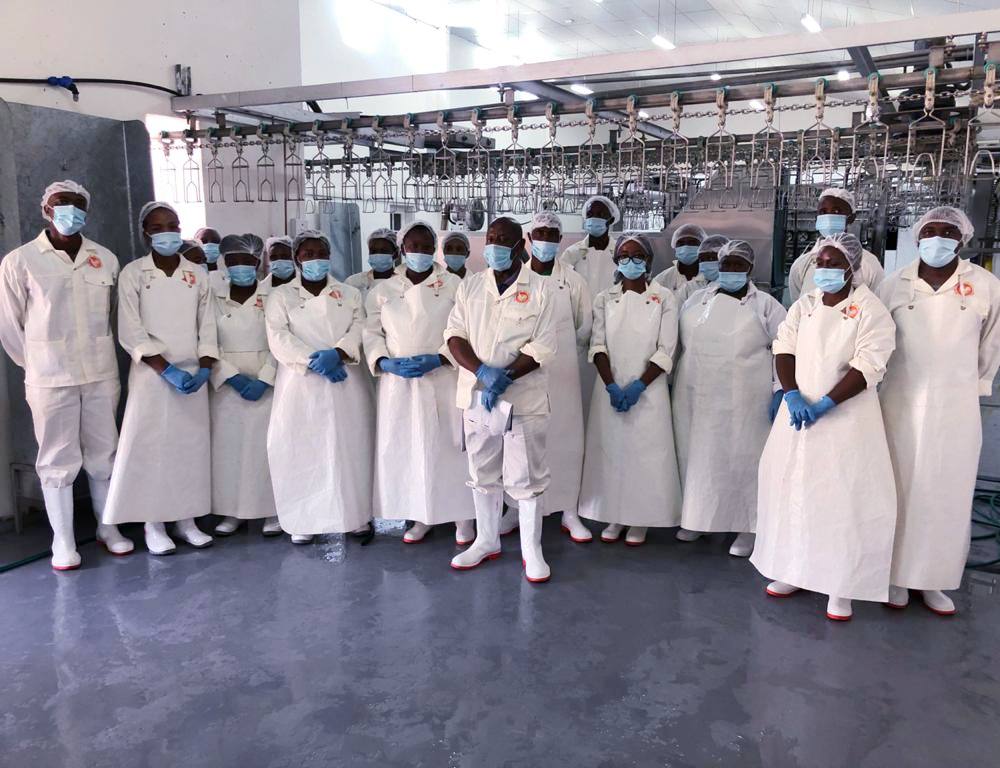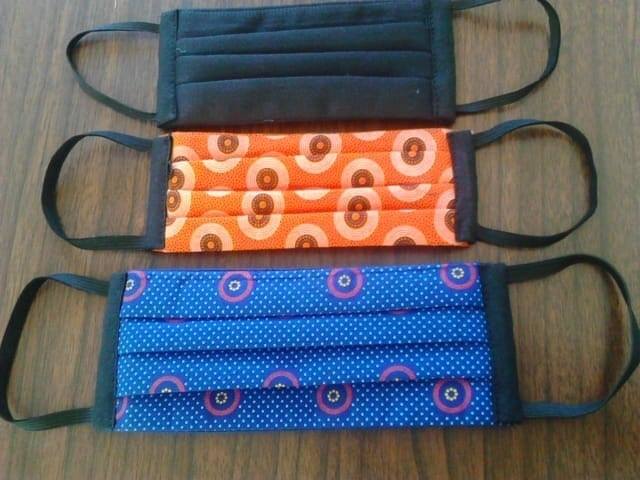When they finally work, these solar panels will be way cheaper than the kind we use today. “That is because they will use extremely thin material, so thin, you need a microscope to see them,” said Mr Sekhantšo Lara, a Lecturer at the National University of Lesotho (NUL) Department of Physics and Electronics who is developing this product. Most of the solar panels you see in the market are made of thick Silicon sheet as the main component. Instead, Mr Lara seeks to replace Silicon with Copper Oxide of extremely small size. The small size, and the easier way in which the oxide is made, will reduce costs. ____________________Milco is the proposed chain-store that will sell ONLY Lesotho products. Join Milco here: https://www.facebook.com/847853251970285/posts/4853918464697057/Let’s start with silicon. Silicon comes from sand! Yes, sand! The sand, is heated at extremely high temperatures, up to 1800 Degrees Celsius, to create Silicon. A bit of chemistry will help us understand why Silicon is such an important material for solar panels. Don’t go away at the mention of Chemistry, we will keep things simple—and interesting! Chemistry tells us that Silicon is a Group 4 element. That means each Silicon atom has four electrons in its outermost shell. When an element reacts with another, they can share electrons. For instance, Silicon has 4 electrons in its outermost shell, it needs 4 more electrons, each of which will form 4 pairs with its 4 electrons. For instance, in Silicon Dioxide, these 4 electrons are paired with 4 other electrons from 2 atoms of Oxygen. That is because each Oxygen atom needs two electrons to complete its outermost shell. You end up with 1 Silicon atom and 2 Oxygen atoms per molecule. What happens if Silicon now reacts with an element of 5 electrons in the outermost shell—a Group 5 element, say Phosphorus? It will satisfy itself with four of Phosphorus’ electrons but there will be an extra electron from Phosphorus which is not paired. The mix of Silicon and Phosphorus is called negative (n)-type Silicon. It is negatively charged because it has extract electrons and electrons are negatively charged. “We also have a positive (p)-type Silicon,” Lara said. “In this one, Silicon reacts with a Group 3 element, say Boron, which has just three electrons in the outermost shell.” Boron now is in short of 1 electron to satisfy Silicon. So the p-type silicon is positively charged. Suppose you now put n-type Silicon flat layer over p-type Silicon flat layer. Free electrons from the n-type silicon will “rush” to fill the gaps (holes) in the p-type silicon. Things get interesting here! As more and more gaps are filled, a neutral layer is made which stops the process. So not all electrons will fill the gaps. This layer is called a depletion layer. This neutral layer allows electrons to move from the p-type silicon to the n-type silicon but never the other way around. Now you have what Physics calls electric field—You have a material with two terminals, one positive and one negative, with a barrier in between. Suppose you use a wire to connect n-type with p-type. The wire passes through a light bulb. When the sun hits the solar cell, its energy will eject some electrons from atoms in the silicons. But remember these, now free, electrons can only move in one direction—upwards. For instance, they can move from the depletion layer, through the n-type layer and get into the wire, pass through the bulb (creating light) and then get into the p-type layer and back into the depletion layer. When electrons move, that is called electricity. We have already said that these common panels use a lot of thick Silicon which is also expensive to produce. Remember you have to burn sand at a whopping 1800 Degrees Celsius. Achieving such temperatures is not a joke. So Mr Lara is using a different material called Copper Oxide instead of Silicon. Like Silicon, Copper Oxide also has ability to release electrons when it gets energy from the sun. He first turns this Copper Oxide into nanowires. How? He takes a material like glass and coats it with Polymethyl Methacrylate (PMMA). No worries, PMMA is just a plastic. Then he applies a process called Lithography on the coated glass. That is, he sends a beam of electrons which breaks and weakens the plastic molecules only along drawn lines. “I then apply a mixture of Methyl Isobutyl Ketone and Isopropyl Alcohol,” he said. Again, don’t worry what that mixture is! Just know that it will eat away the plastic only on the lines weakened by the beam, creating “nano-trenches” on the plastic. Those trenches are then filled with Copper Oxide, making nanowires. PMMA is then removed with Acetone and only the nano-wires are left attached to the glass. Gold is put on one side of the nano-wires and Aluminium on the other side. When the sun hits the wires, electrons dislodged from Cooper Oxide move away from the gold side to the aluminium side, creating electricity. ____________________Milco is the proposed chain-store that will sell ONLY Lesotho products. Join Milco here: https://www.facebook.com/847853251970285/posts
1K1K80 Comments155 SharesLikeCommentShare


